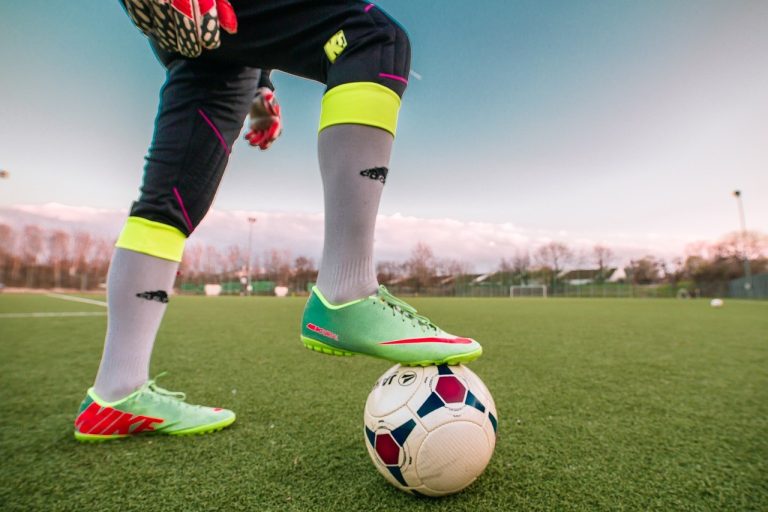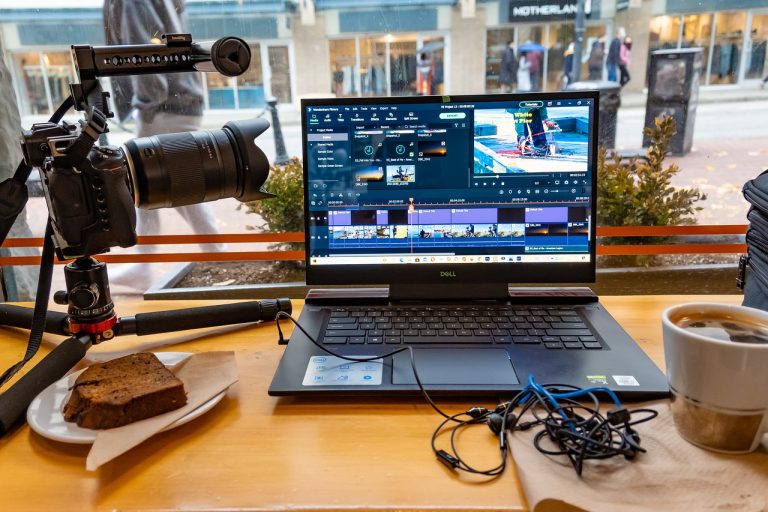Thinking about starting a sustainable food business? If you’re an eco-conscious cook, barista or baker, there’s a lot to think about to make your start-up a success. Here are a few tips to making your doughy dreams a reality.
Is Sustainability in the Food Industry Important?
Numerous stakeholders within the food sector are backing a number of new sustainability initiatives. These changes are set to help minimise environmental damage while helping top-level investors engage with the most reputable and sustainable food businesses, promoting a more sustainable future for everyone.
As consumers and high-level authorities become increasingly aware of the environmental impact of food systems, businesses across the entire sector need to sharpen their focus on sustainability. Now seems to be the perfect time to launch your eco-friendly idea, but how can you get it off the ground successfully?
How to Start an Eco-Friendly Food Business
No matter what stage you’re at, it’s worth considering the following factors to make sure you’re getting everything right when you start your business:
- Choose the Right Business Structure
Different business structures are available depending on where you’re at with your venture. If it’s a solo project, setting yourself up as a sole trader is the most straightforward way to formally set up your business. Forming a partnership or limited company are also worth considering, so weigh up your options and pick the trading structure that suits your business best.
- Set Up Sustainable Sources for Ingredients
Using organic ingredients won’t just score points with your customers; the return on investment for higher quality ingredients will improve the quality of your products and reduce the environmental impact of your business. Set some time aside to research your suppliers and learn more about their businesses. Keep your eye out for Certified B Corporations as these businesses balance purpose and profit to ensure sustainability across their operations. These companies treat their workers ethically and have community-focused initiatives, as well as environmental action.
- Make All of the Necessary Information Available
Recently, food regulations have been updated to protect consumers with allergies and intolerances by helping them understand precisely what the food they purchase contains. As of October 2021, all UK businesses are required by law to provide full ingredient lists and allergen labelling on foods packaged for sale on their premises. The updated regulations fall under “Natasha’s Law”, requiring businesses to clearly state:
- The name of the food
- A full ingredients list with allergenic ingredients highlighted (for example, in bold, italics or a different colour).
The legislation applies to businesses in England, Scotland, Wales and Northern Ireland, so if you plan to sell pre-packaged food or drinks in these countries, you’ll need packaging to comply with the latest regulations.
- Use Eco-Friendly Packaging
Providing the information stated above is a legal requirement, but more legislation is coming into effect regarding the type of packaging you use. The UK government plans to ban single-use plastic plates and cutlery to curb plastic waste and pollution, and it’s only a matter of time until most plastic-based packaging currently used by food and drinks businesses are outlawed. To mitigate the risk of being caught short, use eco-friendly packaging for food and drinks to slash your carbon footprint and maximise sustainability.
- Keep Your Actions Consistent with Your Branding
Branding is one of the most important elements of your venture, second only to the actions you take as an eco-friendly business to protect the planet. Anti-greenwashing measures are being rolled out as part of the latest initiatives by the UK’s Environment Agency, calling out businesses that promote sustainability without acting upon it. Be sure to stay true to your word, and don’t be tempted to inflate your offering.
Connecting with genuine consumers about the environment can help promote your brand, driving growth and exposure. Keep your brand messaging clear and consistent, focusing on the most eco-friendly aspects of your business.
Starting Your Eco-Friendly Venture
Starting your food or drinks business can be challenging yet rewarding. Staying true to your vision and values while navigating a competitive space isn’t for the faint of heart. Whether you’re planning on opening a café, running a street food stall or operating a home-baking business, sustainability should be at the forefront of your philosophy. Not only will you help consumers enjoy guilt-free food and drink, but you’ll be doing your bit to protect the planet and make the future a little brighter for everyone.













 Bitcoin
Bitcoin  Ethereum
Ethereum  Tether
Tether  XRP
XRP  USDC
USDC  Solana
Solana  TRON
TRON  Lido Staked Ether
Lido Staked Ether  Cardano
Cardano  Avalanche
Avalanche  Toncoin
Toncoin